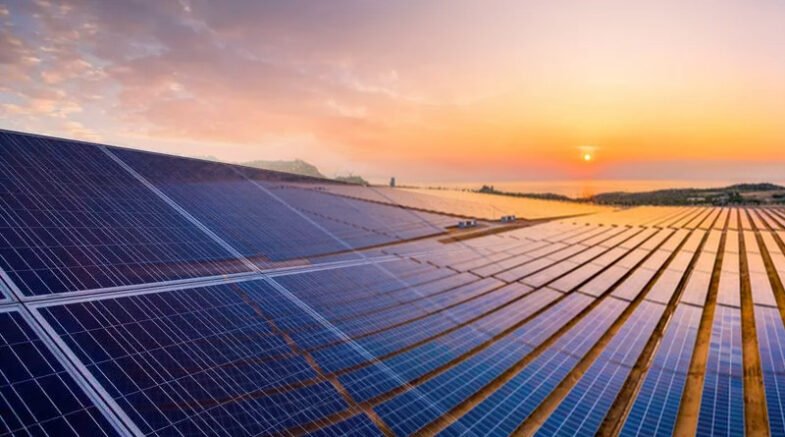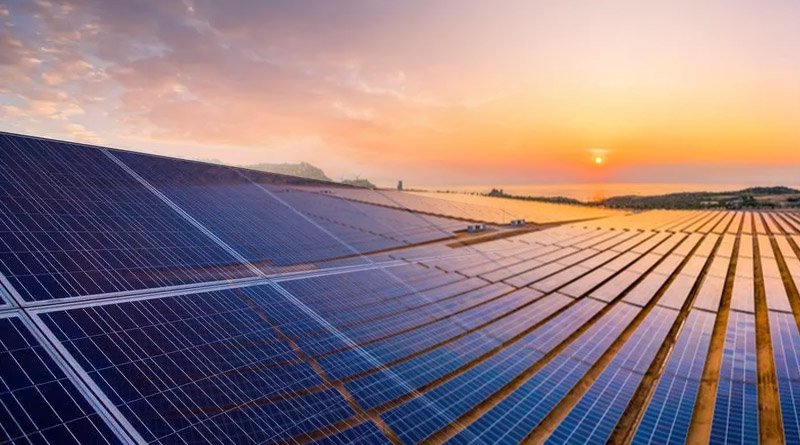The first solar-powered structure will be the federal building by April 2023, saving 300-500MW of electricity per month and USD 27 billion per year.

Pakistan will have a total installed Photovoltaic Capacity of 12.9 GW by 2030 and 26.9 GW by 2047, according to NEPRA’s Indicative Generation Capacity Expansion Plan (IGCEP) 2047.
The federal government of Pakistan has decided to install solar panels on all government buildings, reducing their dependence on imported fossil fuels. The first solar-powered structure will be the federal building by April 2023, saving 300-500MW of electricity per month and USD 27 billion per year.
China’s photovoltaic industry has seen increased opportunities for cooperation under CPEC, with exports to Pakistan reaching USD 870 million and installed capacity of 3.2GW.
“For the first time in 2022, China’s export of photovoltaic products exceeded USD 50 billion, showing a skyrocket of more than 80% year-over-year.” Liu told a reporter for CEN.
Mohsin Sahukat, Secretary-General of the Pakistan Solar Association (PSA), recently suggested to the Minister of Electricity on importing photovoltaic modules and other equipment, asking to remove photovoltaic products from the list of non-essential items. He also stressed that he would work with Pakistan State Bank (SBP) to address financing challenges for imported PV products.
Pakistan imported USD 1.2 billion in photovoltaic modules in the last fiscal year, and this year’s import demand is expected to be around USD 1.8 billion. The Pakistani government has committed to increase domestic clean energy consumption to 60% by 2030 and the number of electric vehicles to 30% by 2030, providing new impetus to the industry.
“China has the capacity to provide comprehensive support for Pakistan’s construction of photovoltaic power plants based on mature experience and a complete supply chain, in response to the country’s urgent need for power.
As Liu noted, “Photovoltaic energy storage facilities are a top priority for development because they are an essential infrastructure that supports the large-scale application of photovoltaics and other new energy sources and promotes carbon neutrality.
However, Pakistan has been plagued by high electricity prices and unstable power supply for a long time.” In a sense, power generation and energy storage are equally important. Power generation from renewable energy sources is typically sporadic and unpredictable when compared to traditional energy sources.
The integrated “source-network-load-storage” model can effectively integrate resources and bring costs down for the current solar energy in Pakistan. Future photovoltaic project development will move into a new phase, and we can definitely share our expertise with Pakistan in this area.
CPEC has invested heavily in energy, leading to the development of the global photovoltaic industry, which can contribute to the global response to climate change.
